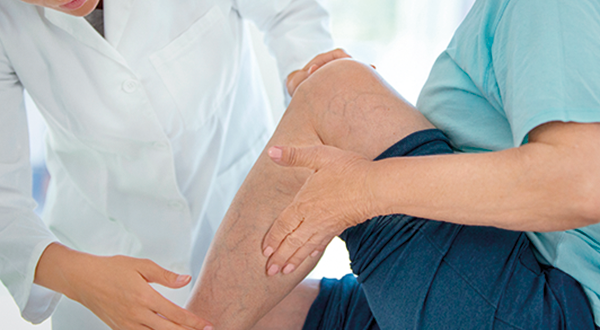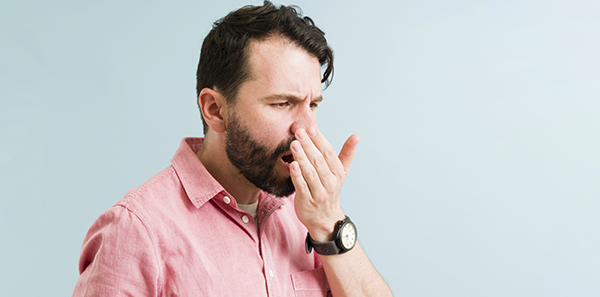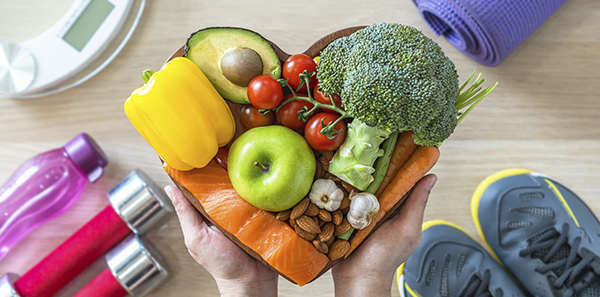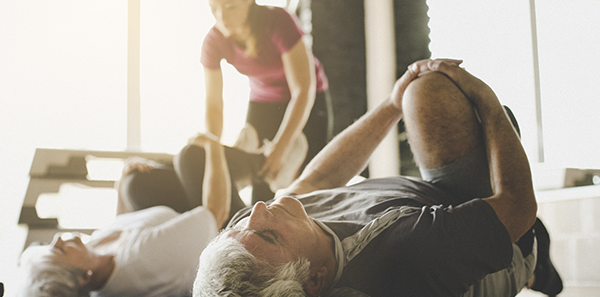
The venous circulation returns blood to the heart and the lungs. Standing or sitting down for prolonged periods of time means that the greater quantity of blood returned and accumulated in these positions tends to dilate the veins.
If the veins are young and strong they will withstand the pressure, but if they are fragile they tend to dilate and make the return of blood difficult. This can cause the appearance of chronic venous disease.
When blood pools in the veins in the legs, the white corpuscles pass through the veins into the tissues (muscles, fat, skin) where they release substances that produce chronic inflammation together with pain in the legs, swelling and the progressive deterioration of skin and subcutaneous tissue.
Advice for preventing Chronic Venous Disease and protecting veins
- Move feet and legs frequently. Avoid sitting or standing for prolonged periods of time.
- Choose a suitable sport and do it in the correct footwear. Walking, cycling, swimming and dancing are very appropriate, but tennis, squash, handball and basketball are not advisable.
- Avoid heat sources as this stimulates veins to dilate.
- Choose low temperatures. Cold water showers for the legs are recommended, as well as walking through cool water.
- Wear suitable clothing that is not very tight so blood flow is not restricted.
- Avoid being constipated and overweight as both lead to an increase in venous pressure.
- Wear shoes with comfortable heels. A heel height of between 3 and 4 centimetres is advisable, while high heels and flat shoes should be avoided.
- Massage legs from the feet upwards to the calves to improve venous return.
- Venous return can be improved during sleep by elevating feet 10-15 centimetres, as this improves venous stasis while lying down.
- Visit the doctor as soon as any symptoms of venous disease appear. Some medicines and products can improve or worsen the symptoms of venous disease.












